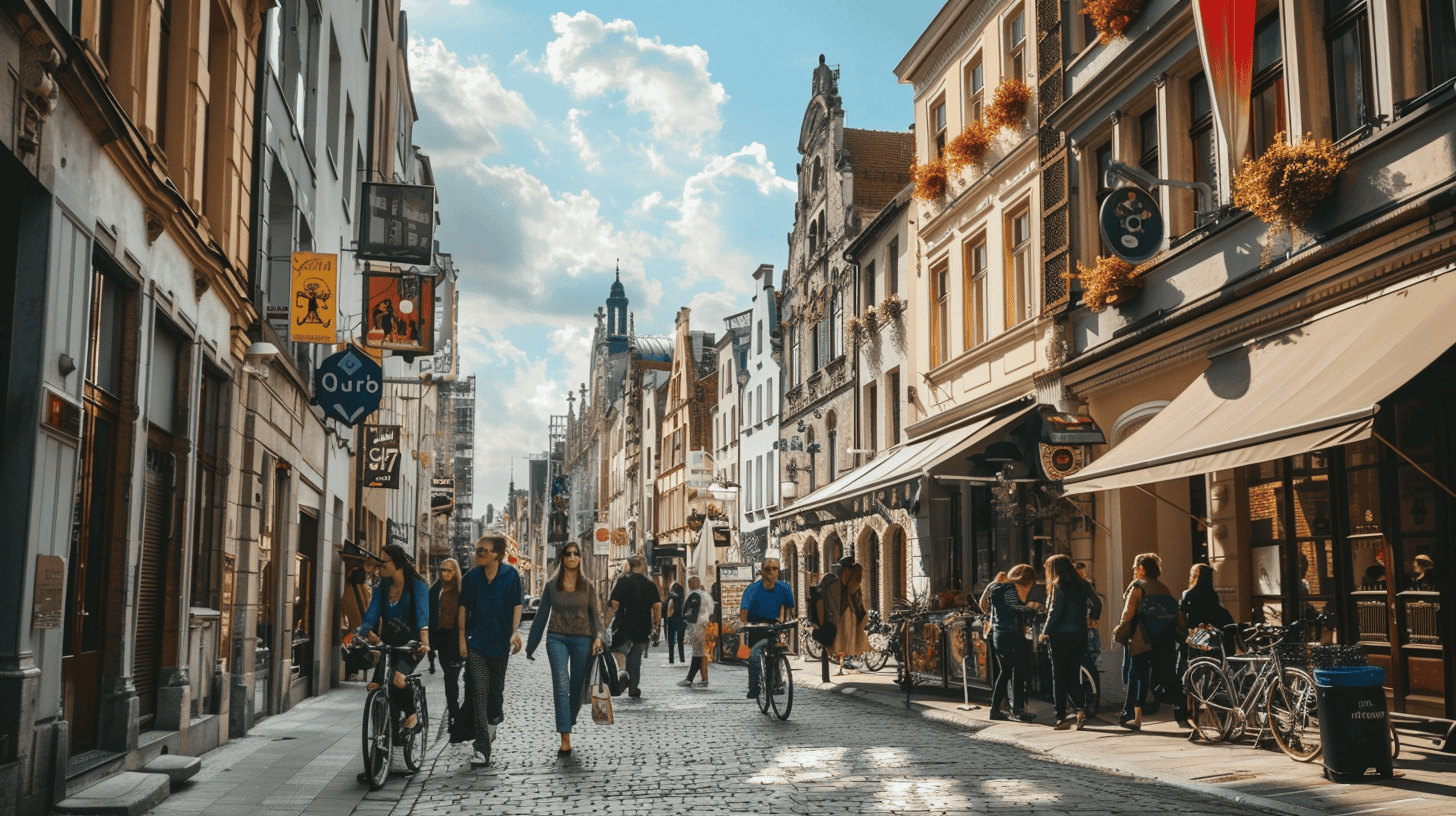
A new report from the European Environmental Agency (EEA) highlights significant improvements in Europe’s air quality over recent decades. However, the 2024 analysis reveals that many urban areas still suffer from pollution levels exceeding safe limits. Almost all of Europe’s urban population is exposed to fine particulate matter (PM2.5) levels above the World Health Organization (WHO) guidelines. The European Commission aims to reduce PM2.5-related premature deaths by 55% by 2030. Despite progress, countries like Italy and Poland struggle with high pollutant levels, underscoring the need for ongoing efforts.
The report, ‘Europe’s Air Quality Status 2024,’ presents data on key pollutants and compares these levels to EU air quality standards and WHO health-based guidelines. It reveals that in 2022, most of the EU’s urban population was exposed to harmful levels of PM2.5 and ozone. Despite a reduction in emissions, countries like Italy and Poland reported PM2.5 concentrations above the EU annual limit, highlighting regional disparities in air quality.
Health implications
Air pollution remains the largest environmental health risk in Europe, causing cardiovascular and respiratory diseases that reduce quality of life and lead to premature deaths. The European Commission aims to reduce premature deaths from PM2.5 by 55% by 2030 and eliminate significant health impacts from air pollution by 2050. As part of these efforts, co-legislators agreed in February 2024 to adopt more ambitious EU air quality standards, aligning them more closely with WHO recommendations.

Regional disparities in air quality
The data shows that significant differences exist between regions while all EU Member States met the Average Exposure Indicator for PM2.5 in 2022. For instance, Italy and some eastern European countries exceeded the EU daily limit for PM10 due to industrial activities and solid fuel combustion. The Po Valley in Italy and southern Spain showed elevated PM10 levels, influenced by both human activities and natural factors.
In specific air quality zones, such as in Italy and Poland, concentrations of pollutants like nitrogen dioxide (NO2) and benzo(a)pyrene (BaP) also exceeded the EU and WHO limits. Road transport is identified as the primary source of NO2, particularly in high-traffic areas. Meanwhile, BaP, a carcinogenic pollutant, was found in high concentrations in urban and suburban zones.
Future steps and ongoing research
The EEA’s ‘Air Quality in Europe 2024’ package is just the beginning. Later this year, the EEA will release additional briefings on air pollutant emissions and the impacts of air pollution on ecosystems and human health. These reports will provide further insights into the sources of pollution and the effectiveness of current mitigation strategies, helping policymakers to refine their approaches to achieving cleaner air.

